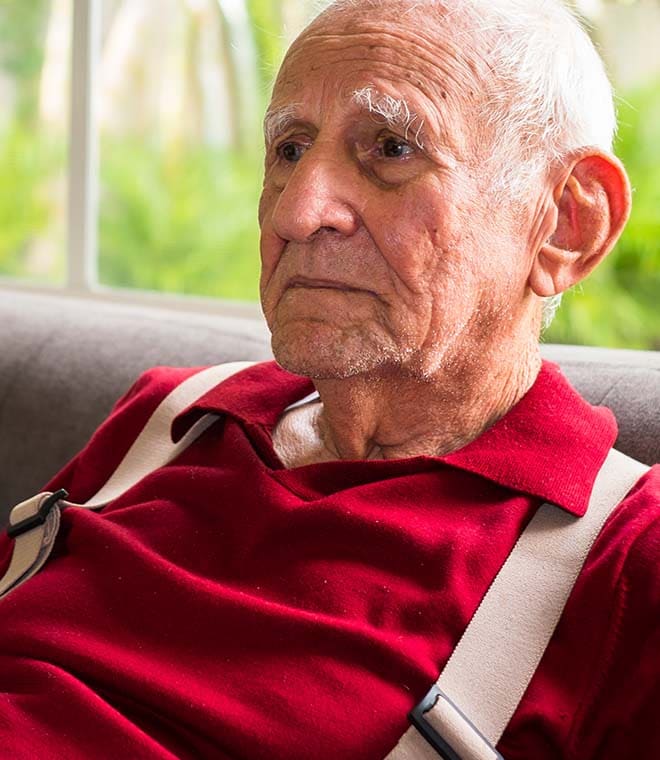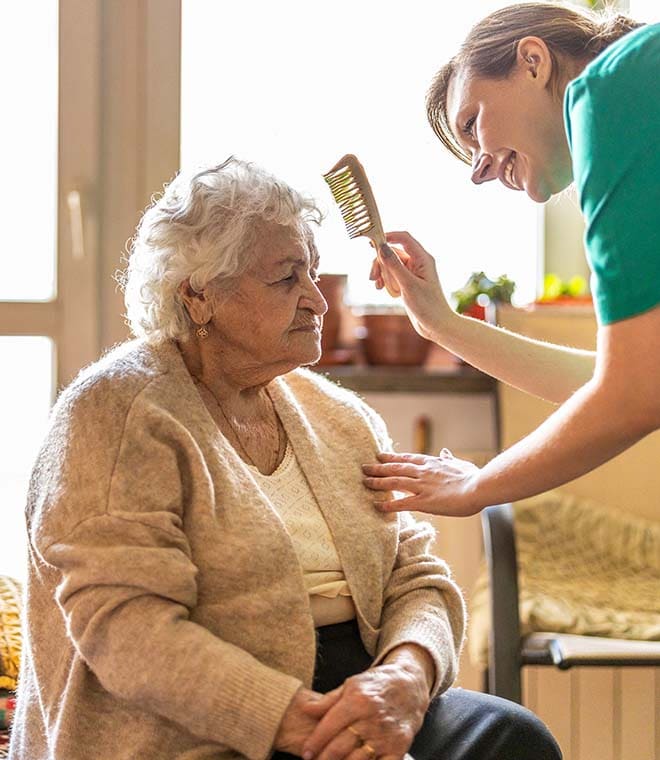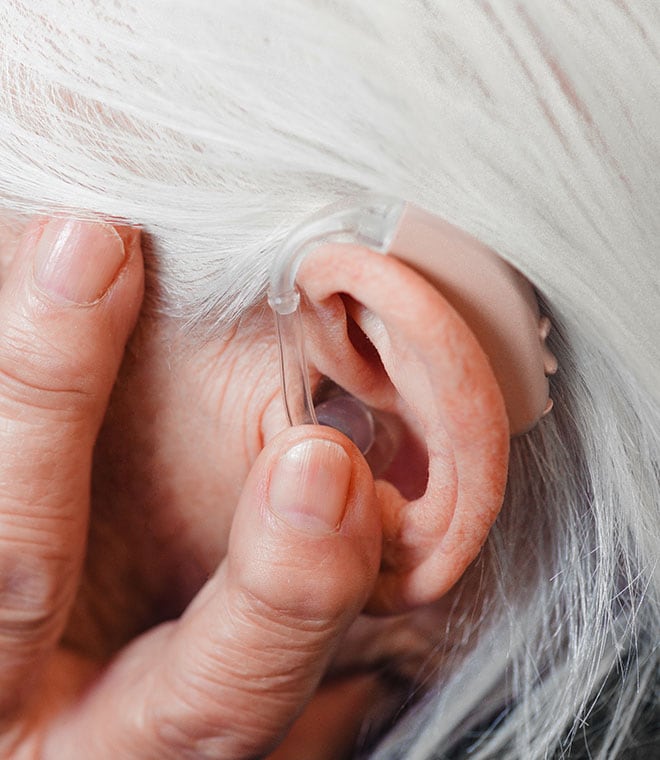Health
Urinary incontinence: What you should know
By Andy Stergachis, PhD, BPharm Jun 16, 2023 • 8 min.
What is urinary incontinence?
Urinary incontinence is passing of urine involuntarily, which can be embarrassing or problematic.
The urinary system is made up of two kidneys, two ureters, a bladder and a urethra. The kidneys take waste products from the blood and constantly produce urine, which is then stored in the bladder. During urination, muscles in the bladder tighten to move urine into the urethra. At the same time, the muscles around the urethra relax and let the urine pass out of the body. When the muscles in and around the bladder don’t work the way they should, urine can leak. Incontinence typically occurs if the muscles relax without warning.
Over 10 million Americans experience some type of urinary incontinence or bladder condition. It is more common in older people and in women who have given birth. This is because the muscles that support the bladder have been weakened during pregnancy. For some women, stress incontinence starts immediately after delivery and then improves, while others may experience incontinence that gets worse with age. Some women also have bladder control problems after menopause due to hormonal changes. 30% or more of elderly persons living at home or in long-term care facilities are incontinent.
Causes of urinary incontinence
Incontinence can happen for many reasons. For example, urinary tract infections, vaginal infection or irritation, and constipation can lead to incontinence. Some medicines can cause temporary bladder control problems. When incontinence lasts longer, some of the causes may include:
- Weak bladder muscles
- Overactive bladder muscles
- Weak pelvic floor muscles
- Damage to nerves that control the bladder from diseases such as multiple sclerosis, diabetes, Alzheimer’s, Parkinson’s and stroke, or from spinal cord injuries
- Blockage from an enlarged prostate in men
- Health conditions such as arthritis, which may make it difficult to get to the bathroom in time
Types of urinary incontinence
These are some of the different types of incontinence:
- Stress incontinence happens when urine leaks as pressure is put on the bladder. For example, during exercise, coughing, sneezing, laughing or lifting heavy objects. It’s the second most common type of bladder control problem in elderly people but it’s also more common for younger and middle-age women. It may also begin when menopause starts.
- Urge incontinence is the most common type of incontinence. It happens when you have a sudden need to urinate and cannot hold the urine long enough to get to the toilet.
- Overflow incontinence happens when small amounts of urine leak because a person’s bladder is always full. An enlarged prostate can cause this type of incontinence in a man by blocking the urethra.
- Functional incontinence happens in many older people who have normal bladder control. However, they may have a problem physically getting to the toilet in time because of arthritis or other disorders that make it hard to move quickly. Dementia, stroke, or other cognitive impairment may also affect their ability to recognize the need to use the bathroom.
Getting a proper diagnosis
Many women with urinary incontinence do not seek medical evaluation and treatment because of social stigmas. Only about 10% of people who are incontinent seek medical attention.
The good news is there are many different treatments, exercises, and procedures that may help improve incontinence. Your healthcare provider will complete a medical history and physical exam. Tests may be required, such as X-rays, cystoscopic examinations, blood work, urine analysis and special tests to measure considerations like bladder capacity and the amount of urine left in the bladder after urinating.
The exact treatment depends on the type of incontinence you have and what best fits your lifestyle. Treatment plans may include a combination of pelvic floor exercises, medicine, changes in diet, special medical devices or surgical procedures recommended by your healthcare provider.
Treatments for urinary incontinence
1. Pelvic muscle exercises
One way to help restore bladder control is by performing pelvic muscle exercises known as Kegel exercises. These exercises involve flexing the same muscles you use to hold your urine as they help reduce stress incontinence. Making these muscles stronger can help you hold urine in your bladder longer. A healthcare provider can teach you how to do the exercises correctly. The following tips can help you perform Kegel exercises:
Lie down. It may be easier to learn how to do Kegels correctly while lying down. You don’t have to lie down once you learn to do Kegels correctly.
Squeeze the muscles in your genital area as if you were trying to stop the flow of urine or trying to stop from passing gas. Try not to squeeze the muscles in your belly or legs at the same time. Try to squeeze only the pelvic muscles. Be careful not to tighten your stomach, legs or buttocks.
Relax. Squeeze the muscles again and hold for 3-5 seconds. Then relax for 3-5 seconds. Work up to 3 sets of 10 each day.
When your muscles get stronger, try doing your exercises while sitting or standing. You can do these exercises any time, while sitting at your desk, in the car, waiting in line, doing the dishes, etc. Don’t do Kegel exercises at the same time you are urinating. This can weaken your pelvic floor muscles over time.
2. Diet changes
When you have incontinence, certain beverages like coffee, tea and alcohol can make symptoms worse. Carbonation from sodas can also cause the bladder to fill quickly and sometimes leak.
3. Quitting smoking
Smoking can make many health problems worse, including urinary incontinence.
4. Timed trips to the bathroom
Try going to the bathroom at set times, before you get the urge to urinate. This may help you control your bladder if you urinate on a set schedule, for example, every hour.
5. Weight control
Extra weight puts more pressure on your bladder and nearby muscles, so staying at a healthy weight may help improve incontinence.
6. Medication
Medications can reduce some types of leakage. Some medicines, for example, help relax the bladder muscles and prevent bladder spasms. Talk to your healthcare provider and pharmacist to find out if medication is right for you.
7. Surgery
Surgery can sometimes improve or treat incontinence if it’s caused by a change in the position of the bladder or blockage due to an enlarged prostate.
In addition to treatments, there are incontinence products available, which can make the symptoms of urinary incontinence much more manageable. Products include protective underwear and briefs as well as pads and liners.
Clinically reviewed and updated June 2023.
Sources:
- https://www.nia.nih.gov/health/urinary-incontinence-older-adults
- https://www.merckmanuals.com/professional/genitourinary-disorders/voiding-disorders/urinary-incontinence-in-adults
- https://medlineplus.gov/ency/patientinstructions/000141.htm
- https://www.womenshealth.gov/a-z-topics/urinary-incontinence
- https://nafc.org/urinary-incontinence/
- https://www.healthinaging.org/a-z-topic/urinary-incontinence/basic-facts
- https://www.kidney.org/atoz/content/incontinence
- https://www.niddk.nih.gov/health-information/diagnostic-tests/urinary-tract-imaging#symptoms



